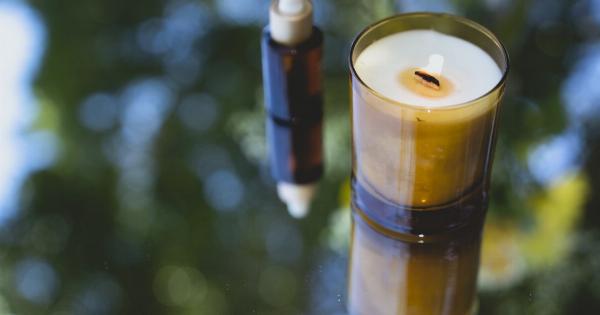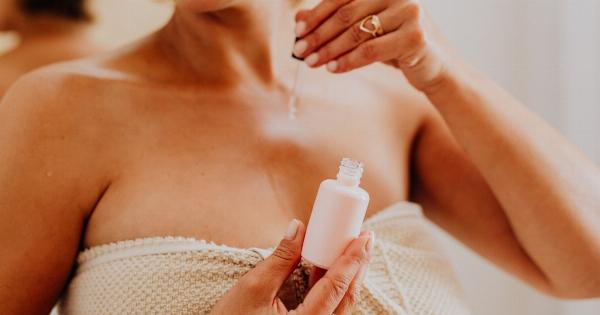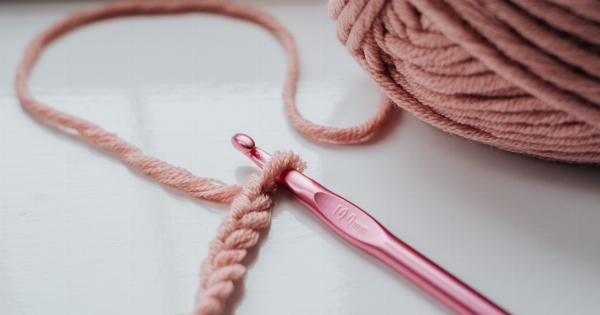Summer is a beautiful time of year when we can finally embrace the warmth of the sun on our skin. However, if we aren’t careful, that glorious sunshine can also leave us with a painful reminder in the form of sunburn.
Whether it’s a day at the beach or a casual stroll in the park, sunburn can occur when we least expect it. Understanding how to manage sunburn pain and redness is crucial for a speedy recovery and ensuring our skin stays healthy.
What Causes Sunburn?
Sunburn is the result of overexposure to the sun’s ultraviolet (UV) rays. When our skin is exposed to these rays for an extended period of time, it causes damage to the skin cells.
The body responds to this damage by increasing blood flow to the affected area, resulting in redness, inflammation, and pain. The severity of sunburn can vary depending on factors such as the intensity of the sun, the duration of exposure, and the individual’s skin type.
The Symptoms of Sunburn
Recognizing the symptoms of sunburn is essential for effective management. The common signs of sunburn include:.
- Redness: The affected skin becomes red, indicating inflammation.
- Pain and discomfort: Sunburned skin can be tender to the touch and may feel painful or itchy.
- Swelling: In some cases, the sunburned area may become swollen or even develop blisters.
- Peeling: As the sunburned skin begins to heal, it may start to peel.
- Headache, fever, and nausea: Severe cases of sunburn can cause systemic symptoms.
Immediate Steps for Sunburn Relief
When you realize you have sunburn, it’s important to take immediate action to alleviate the discomfort and prevent further damage. Here’s what you can do:.
1. Get out of the sun
The first and most crucial step is to remove yourself from direct sunlight as soon as possible. Find shade or seek shelter indoors to prevent further exposure to UV rays.
2. Cool down the skin
Apply a cold compress or take a cool shower to cool down the affected area. This helps to reduce inflammation and soothe the burning sensation. Avoid using ice directly on the skin, as it can further damage the skin cells.
3. Hydrate from within
Drinking plenty of water is essential to replenish the lost fluids through sweating. Sunburn can dehydrate the body, so staying hydrated is crucial for recovery.
4. Moisturize the skin
Apply a gentle, hydrating lotion or aloe vera gel to the sunburned area to help soothe the skin and lock in moisture. Avoid using any products that contain alcohol, as it can further dry out the skin.
5. Over-the-counter remedies
Consider using over-the-counter remedies such as pain relievers (ibuprofen or aspirin) or topical creams that contain hydrocortisone to alleviate pain and reduce inflammation. However, it’s important to read and follow the instructions carefully.
Recovering from Sunburn
Healing from sunburn takes time, and it’s essential to give your skin the care it needs. Here are some tips to aid in the recovery process:.
1. Avoid further sun exposure
While your skin is healing, it’s crucial to stay out of the sun as much as possible. If you must go outside, make sure to cover up with protective clothing and use a broad-spectrum sunscreen with a high SPF.
2. Moisturize regularly
Continue to apply moisturizing lotions or aloe vera gel to your skin to help it heal and prevent dryness. Choose products that are specifically designed for sensitive or sunburned skin.
3. Take cool baths or use compresses
If your skin is still feeling hot and inflamed, taking cool baths or using cold compresses can provide immediate relief. Avoid using harsh soaps or exfoliating products, as they can further irritate the skin.
4. Be gentle with your skin
Avoid scrubbing or exfoliating the sunburned area, as it can disrupt the healing process and lead to further irritation. Pat your skin dry gently after bathing and avoid using any harsh or fragranced products.
5. Stay hydrated
Continue to drink plenty of water to promote hydration from within. Your body needs the necessary fluids to repair damaged skin cells and speed up the healing process.
When to Seek Medical Attention
While most cases of sunburn can be managed at home, there are instances where medical attention may be necessary. You should consult a healthcare professional if:.
- Your sunburn covers a large area of your body
- Severe blisters or swelling develop
- You experience intense pain or a high fever
- Your symptoms worsen or show no signs of improvement after a few days
These may be signs of a more severe sunburn or an infection, and medical intervention may be required.
Preventing Future Sunburns
The best way to manage sunburn pain and redness is by preventing it altogether. Here are some tips to protect your skin from the harmful effects of the sun:.
1. Wear sunscreen
Apply sunscreen with an SPF of 30 or higher generously and reapply every two hours, especially if you’re exposed to water or sweat. Look for broad-spectrum sunscreens that protect against both UVA and UVB rays.
2. Seek shade
Avoid being in direct sunlight, especially during the peak hours of 10 a.m. to 4 p.m. If you can’t find shade, create your own using a wide-brimmed hat, umbrella, or sun-protective clothing.
3. Cover up
Wear protective clothing that covers your skin, such as long-sleeved shirts, pants, or maxi dresses, to reduce direct exposure to the sun. Opt for lightweight, breathable fabrics for optimal comfort.
4. Wear sunglasses
Protect your eyes from UV rays by wearing sunglasses that offer 100% UV protection. Look for labels that indicate the sunglasses meet the required standards for UV protection.
5. Be cautious in reflective environments
Sand, water, snow, and other reflective surfaces can intensify the sun’s rays, increasing the risk of sunburn. Take extra precautions in these environments by applying sunscreen more frequently and using additional protective measures.
Conclusion
Sunburn can be a painful and uncomfortable experience, but with the right care and precautions, you can effectively manage the pain and redness associated with it.
By taking immediate steps to cool down the skin and providing the necessary care during the recovery process, you can alleviate discomfort and accelerate healing. Remember, prevention is always better than cure, so prioritize sun protection measures to avoid future sunburns and keep your skin healthy and radiant.




























